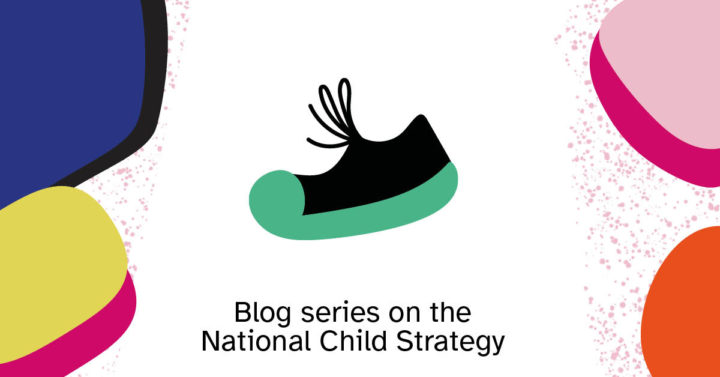How should child impact be considered in law drafting?
Blogs
Legislation is the key tool for implementing social reforms and solving any problems identified. Legislation affects children and their lives in various ways, either directly or indirectly, for example through the environment in which they grow up. The impacts of laws on children need to be properly identified at the drafting phase. The best interests of the child must be the principle that guides the preparation of legislation.
Laws are drafted by ministries, where government proposals are prepared in consultation with various stakeholders and then submitted to Parliament. It is important that the children’s rights perspective is included in the drafting of laws throughout the life cycle of the drafting process, as otherwise there is a risk that the process does not promote the best interests of children effectively or that undesirable effects on children will not be identified in time. The impact of any legislation on children should also be monitored during the implementation phase and when preparing any follow-up assessments.
The law drafting process follows the guidelines established by the Government in terms of issues such as how the assessed impacts should be presented in the Government proposal and how these assessments are made. The Ministry of Justice has set up a working group to prepare impact assessment guidelines for the law drafting process (in Finnish, om.fi). With regard to child impacts, the key guideline is the Handbook on child impact assessment for legislators (Publications of the Prime Minister’s Office 2021:5, in Finnish), published in summer 2021. Studies have shown that practical guidelines are required in the law drafting process.
Studies have also shown that child impacts are identified reasonably well in those projects that are directly targeted at children through early childhood education or basic education, for example, while the impacts of projects that indirectly affect children are not as easily recognised in cases such as a law having consequences on a family’s livelihood or other circumstances.
For child impact to be taken into account, it is important to identify at an early stage that a project has child impacts that need to be assessed. It is only possible to assess what has been identified. Transparency in the preparation and opportunities for stakeholder participation are prerequisites for the inclusion of a wide range of perspectives in the preparation process. Various children’s organisations and researchers are examples of parties that can provide valuable information about child impact. It is also important to consult children directly. There are certain good practices related to consulting children, and it is worth involving children’s organisations, schools and other bodies that work with children in the process. Information gathered from other sources may complement, but should not replace, consulting children themselves.
What makes child impact assessments special is their legal basis in the UN Convention on the Rights of the Child and the Constitution of Finland. Article 3 of the Convention determines the best interests of the child to be a primary consideration. Article 12 of the Convention states that in assessing their best interests, children have the right to express their views freely in all matters affecting their own selves and that those views must be given due weight According to Section 22 of the Constitution, the public authorities must guarantee the observance of basic rights and liberties, and human rights. According to Section 6(3) of the Constitution, children must be treated equally and as individuals, and they must be allowed to influence matters pertaining to their own selves to a degree corresponding to their level of development. These obligations also apply to law drafting processes. The rights of the child must be taken into account in both the content and preparation of laws. The section on equality in the Constitution requires that the diversity of children and the impacts of laws under preparation on various groups of children be acknowledged in law drafting processes.
The aim of the impact assessment is to give decision-makers the best possible overall picture of the likely effects of the legislation being prepared. High-quality impact assessment also supports the implementation of the law. The government programme is committed to assessing the impact of decisions on children. Identifying the impacts and enhancing the involvement of children in the law drafting process are ways to ensure that the legislation under preparation meets the legal requirements and promotes the role of children and young people in society. In addition to the legislation’s direct impact on children, consideration should be given to the effects of laws under preparation on the ability of future generations to live in a safe and stable society in an economically, socially and ecologically sustainable manner.
